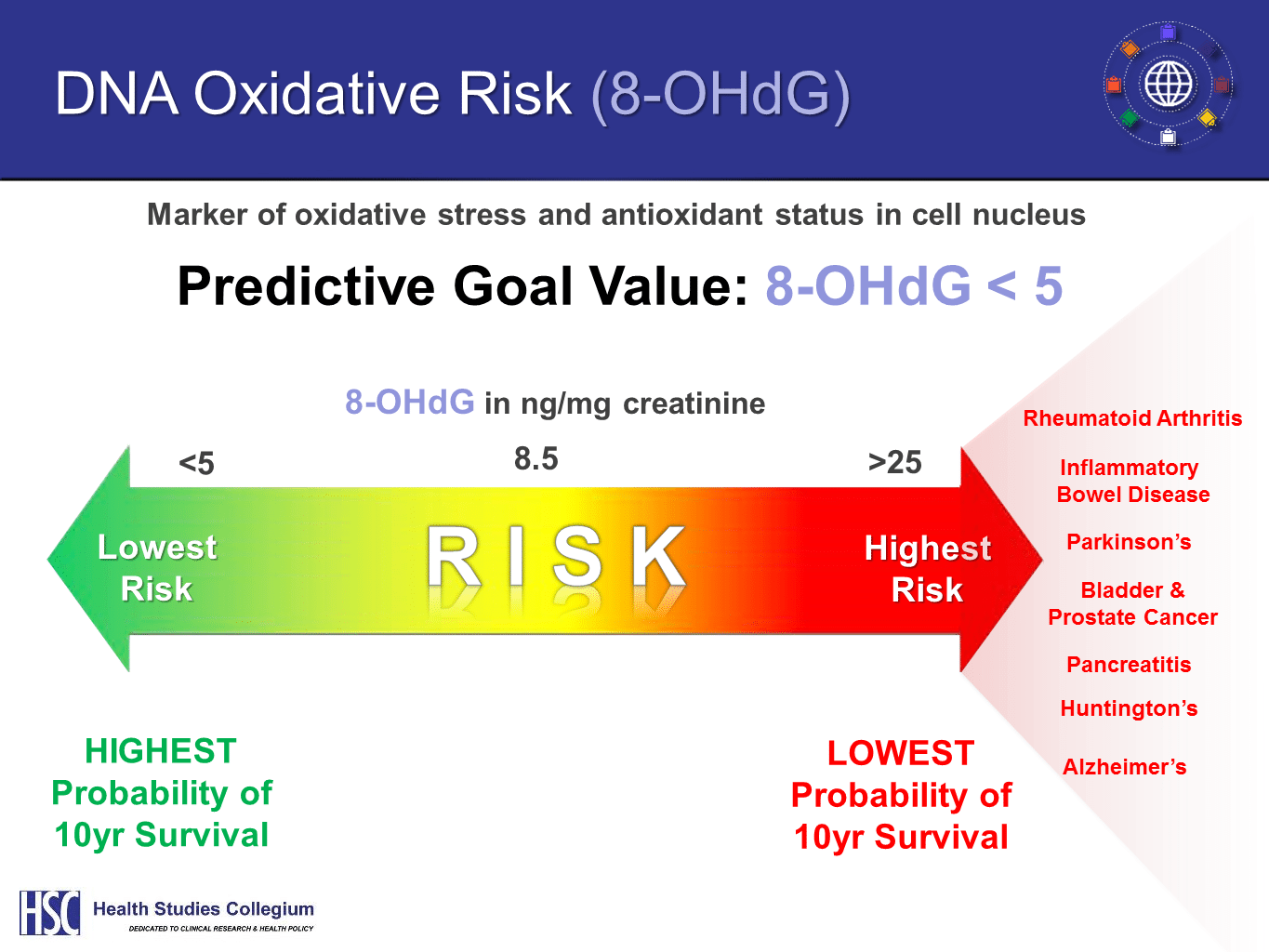Predictive Biomarkers
When compared to healthy goal values, results of these eight independent, primary, predictive tests are effective forecasters of individual health risk or resilience. Patients can function years – or even decades – younger than their birth age just by bringing (or keeping) each of these biomarkers at their predictive (healthy) goal value.
An Overview of Predictive Biomarkers from Dr. Russell Jaffe
HgbA1c A measure of sugar/insulin/energy conversion and diabetes risk
The High Sensitivity Hemoglobin A1C test result reflects your average blood sugar level for the past two to three months. Specifically, the A1C test measures what percentage of your hemoglobin — a protein in red blood cells that carries oxygen — is coated with sugar (glycated). The higher your A1C level, the poorer your blood sugar control. And if you have previously been diagnosed with diabetes, the higher the A1C level, the higher your risk of diabetes complications.
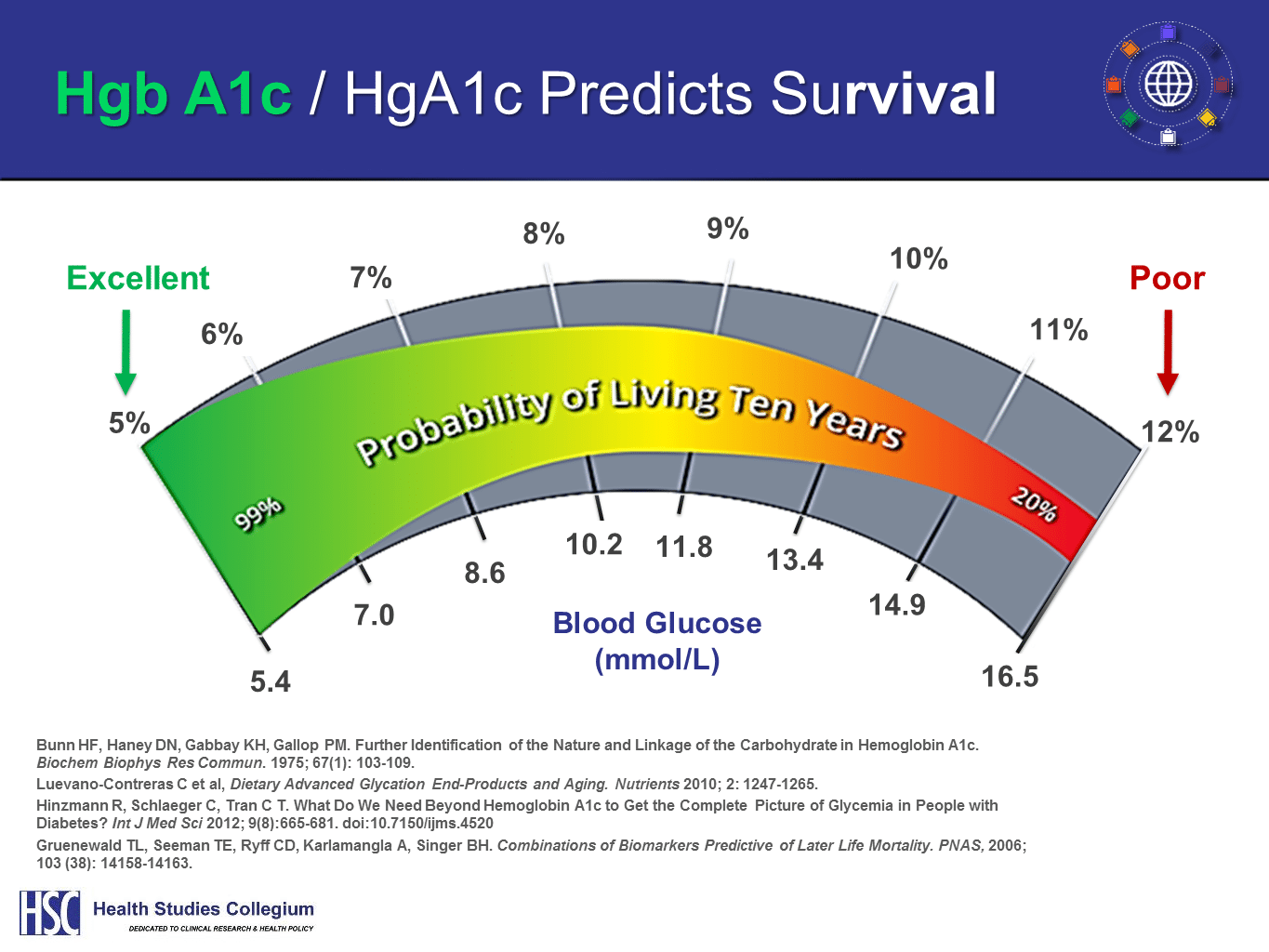
hsCRP A measure of inflammation and repair deficit
C-Reactive Protein is a sensitive indicator of acute injury, bacterial infection, or inflammation. Studies have been published linking serum CRP levels to coronary heart disease risk.
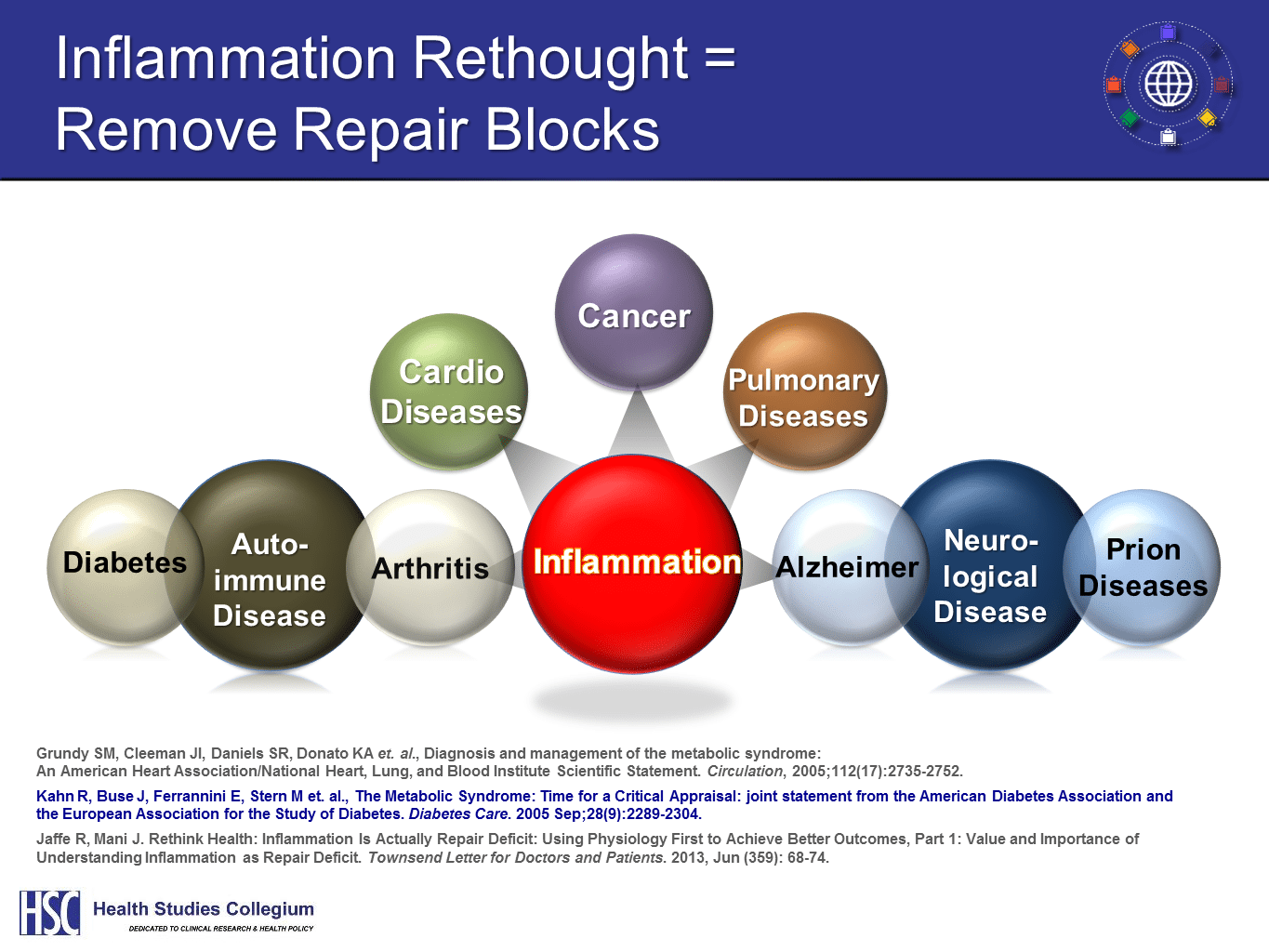
Homocysteine A measure of detoxification and methylation status
Homocysteine is an amino acid that plays a role in destroying the lining of your artery walls, promoting the formation of blood clots, and also accelerates the buildup of scar tissue. High levels may increase the chance of heart disease and stroke, especially if you have other risk factors such as diabetes, high blood pressure, obesity, smoking, or family history.
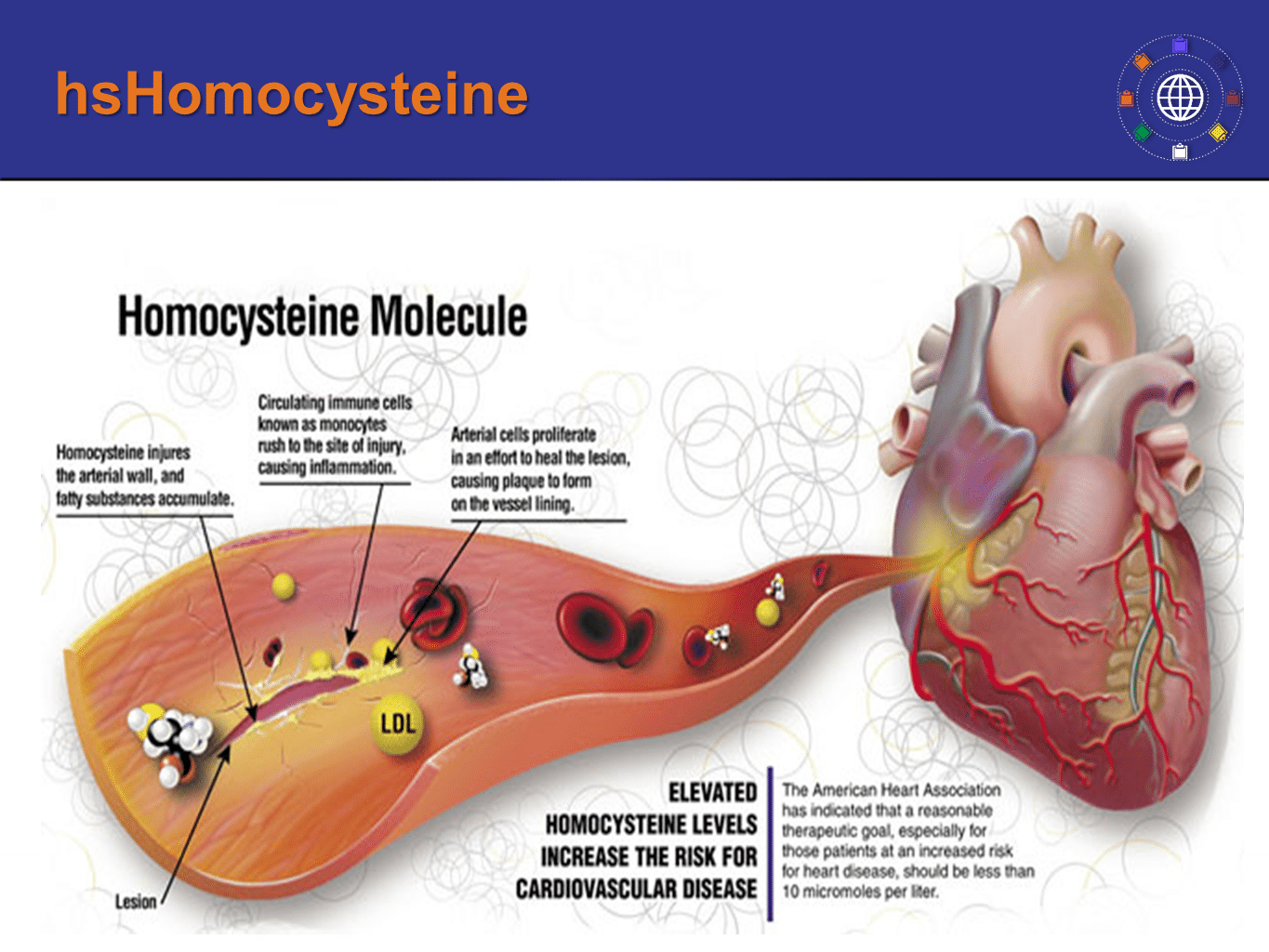
LRA Test by ELISA/ACT
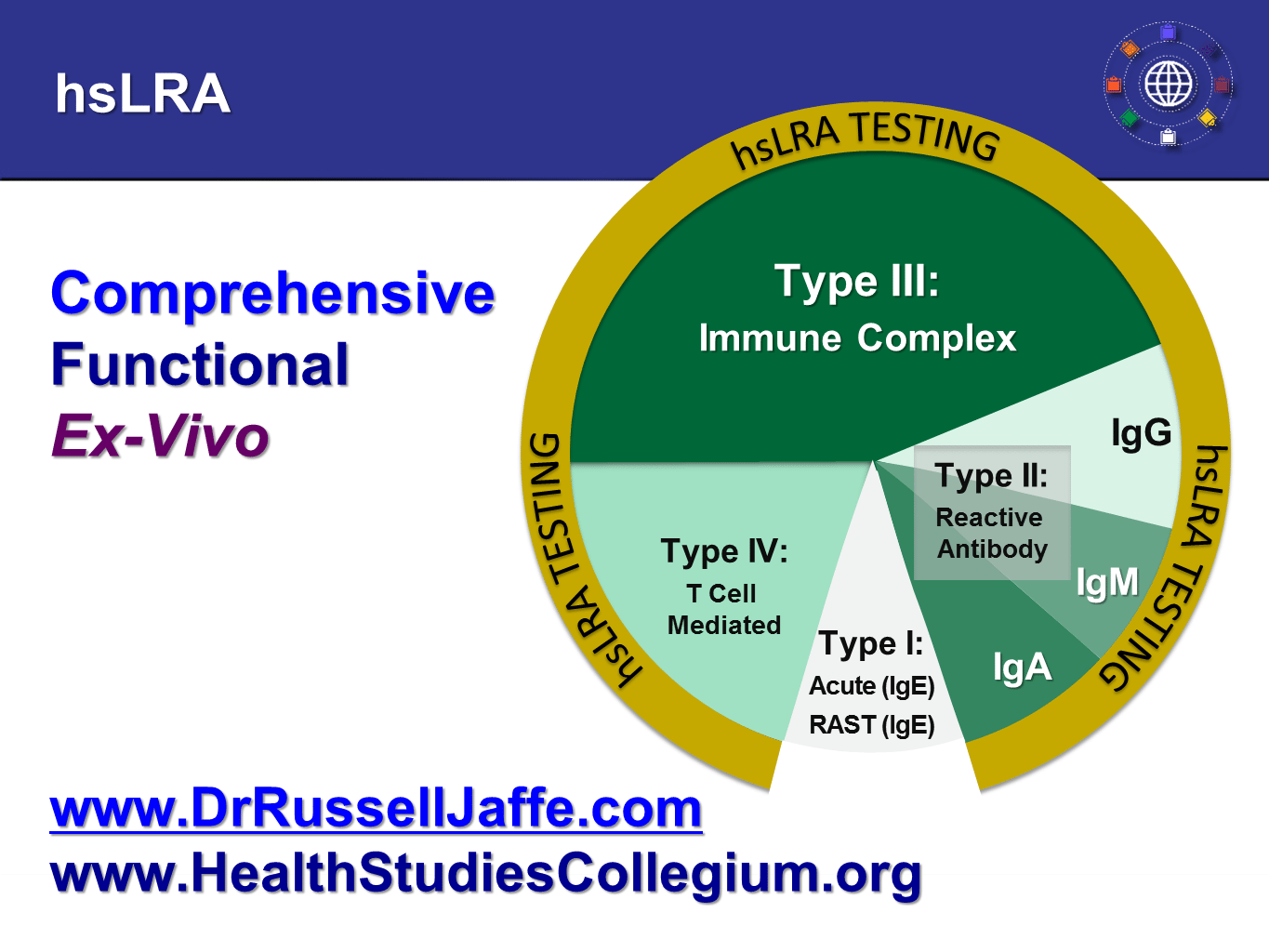
pH Level Assess mineral need and cell acid/alkaline balance
The internal environment of your body is maintained at a pH between 6.5 – 7.5, which is alkaline. For necessary cell reactions and functions to occur, our body must maintain this appropriate pH. While your body can regulate pH, there is a limit to how much it can neutralize. Excess acids can accumulate from one or more of the following conditions:
1. Acid-forming diet
2. Distress
3. Toxins (or their metabolites)
4. Immune reactions 5. Anti-oxidant sufficiency / oxidative stress.
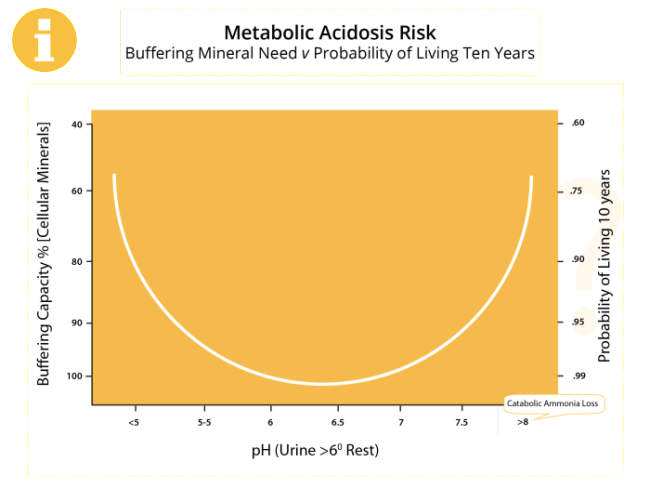
Vitamin D A measure of your Vitamin D level for cell communication status
A blood draw test measuring Vitamin D 25-OH total (D2, D3).
Vitamin D levels play a significant role in a number of systems in the body, including immune and neurological regulation, and bone health. When levels of this nutrient are low, that increases the risk of cancer and heart disease, autoimmune disorders and psychiatric and mood problems.
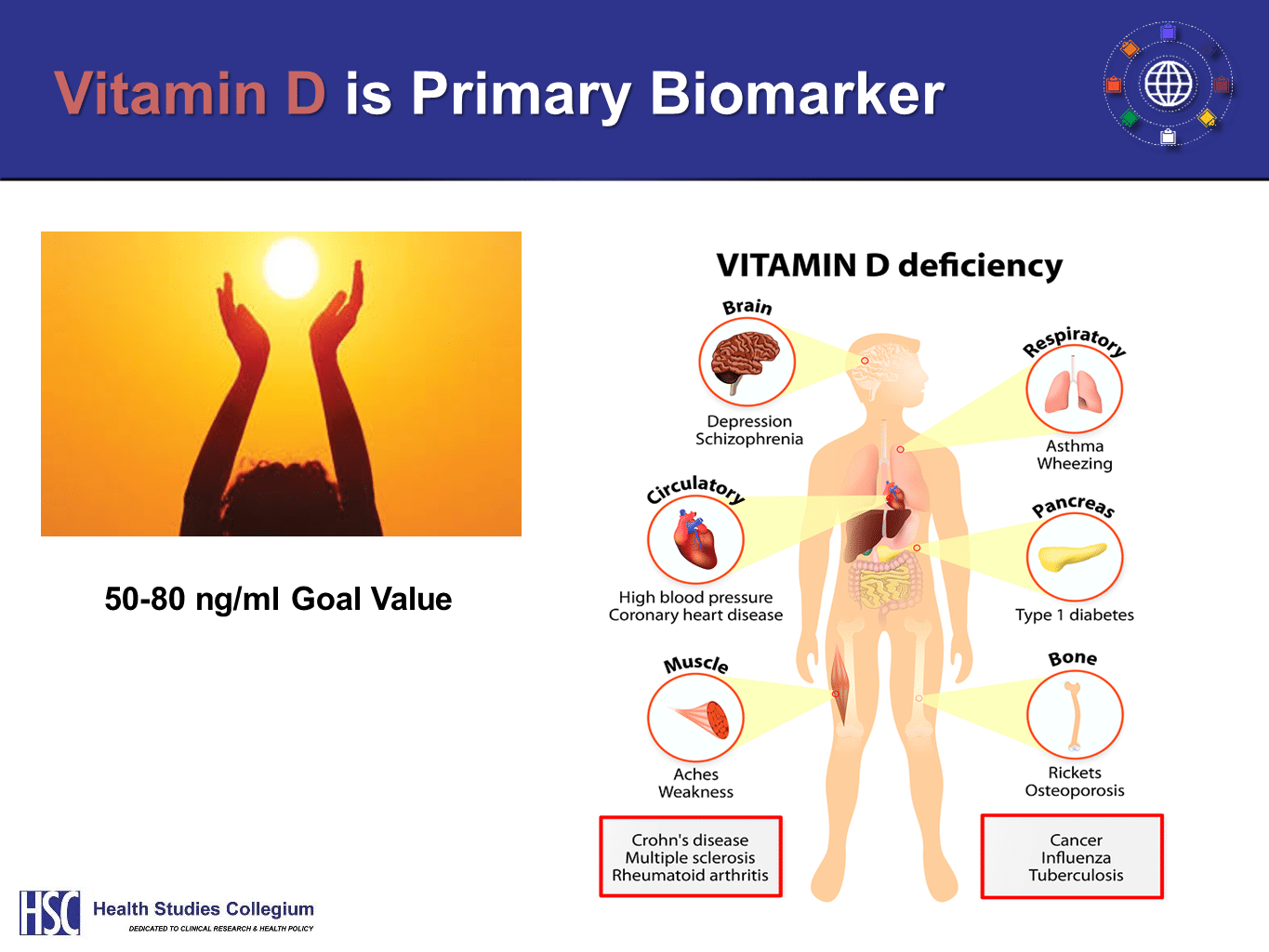
Omega-3 Index A measure of your Omega-3 intake
Most Americans do not get enough omega-3′s from their diets. There is growing evidence for an association between omega-3 levels and health conditions such as heart disease, cellular aging, dry eye, macular degeneration, dementia, depression, joint health, etc. The Omega-3 Index can be improved by simple dietary changes such as increasing your intake of EPA and DHA from either seafood or from dietary supplements. Click here for more on Omega-3.
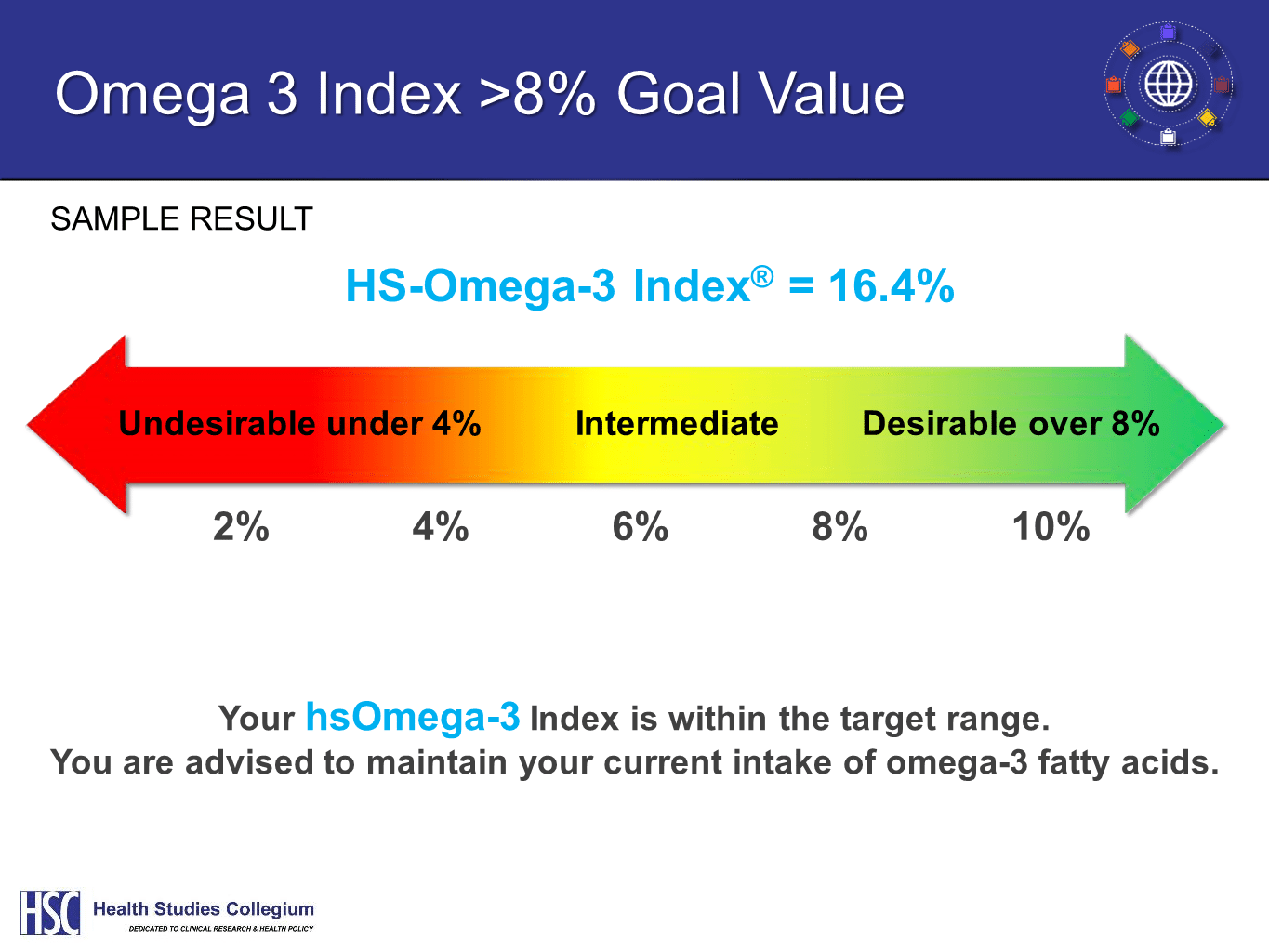
DNA Oxidative Stress An assessment of oxidative stress & antioxidant status in cell nucleus
Oxidative stress is involved in many pathophysiological processes, aging and cancer. Oxidation of DNA occurs readily at the guanosine bases and thus measurement of 8-hydroxy-2’-deoxyguanosine in urine provides an assessment of ongoing oxidative damage/stress in the body. Assessment of oxidative stress is an invaluable component of preventive approaches to optimizing health and longevity.
